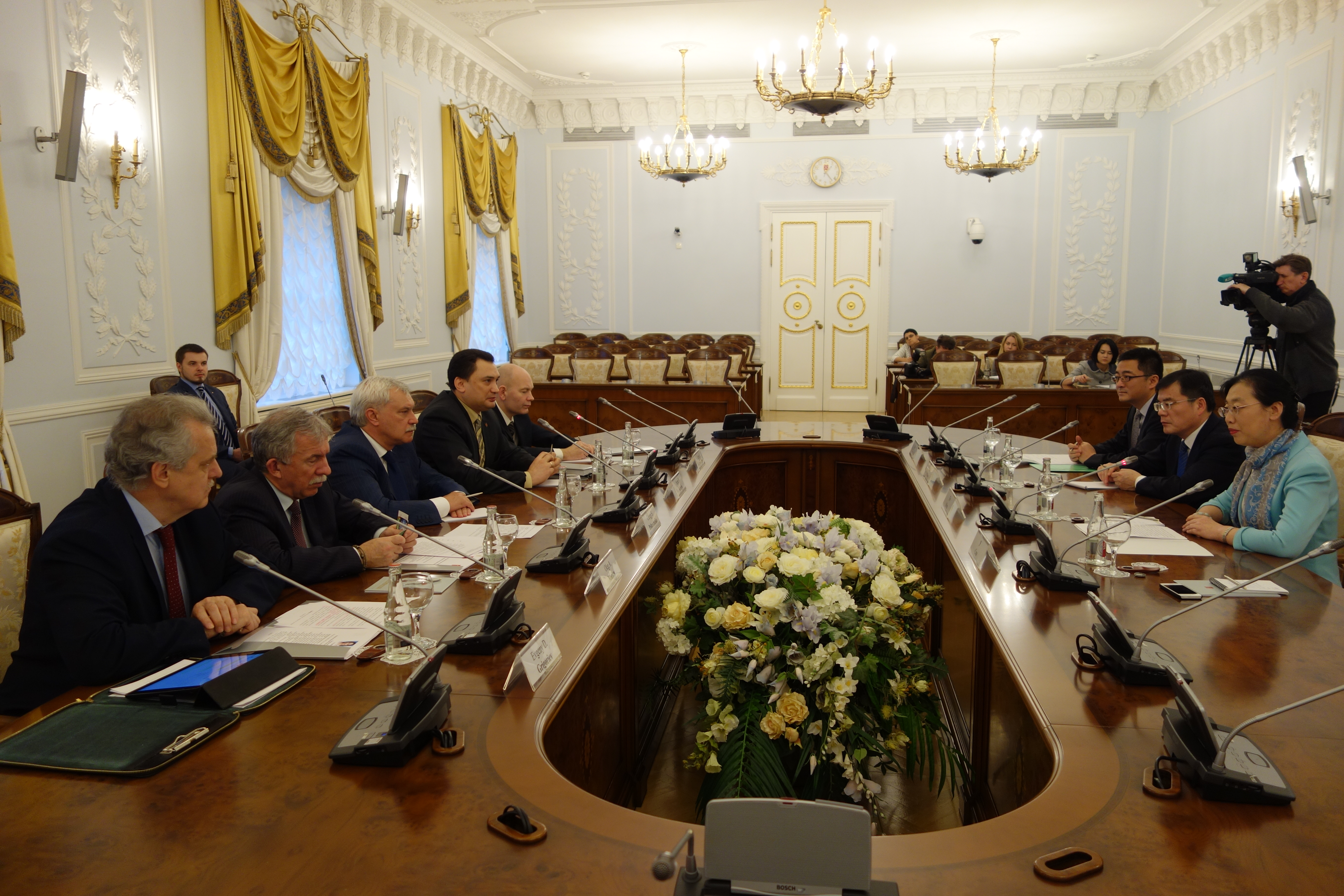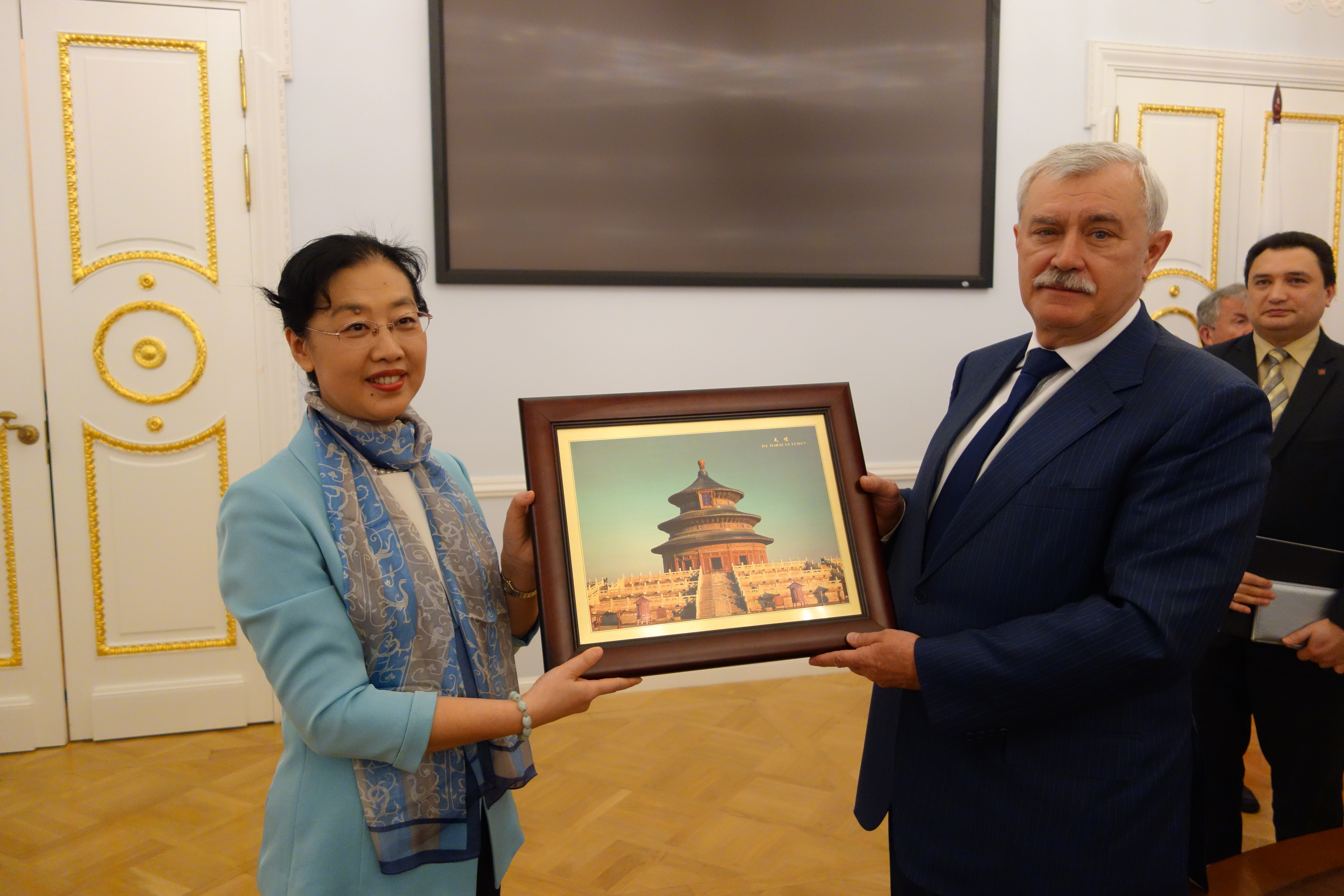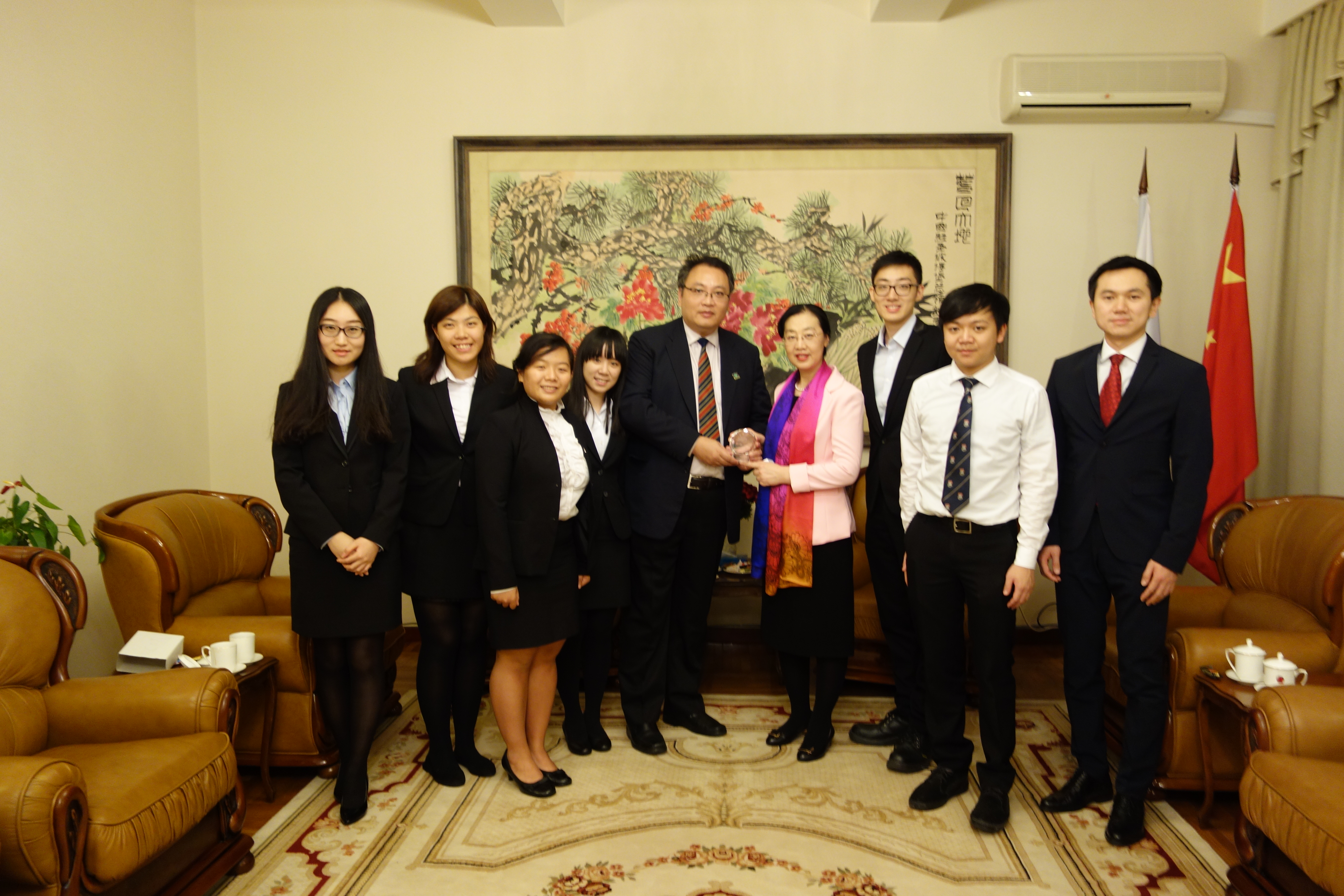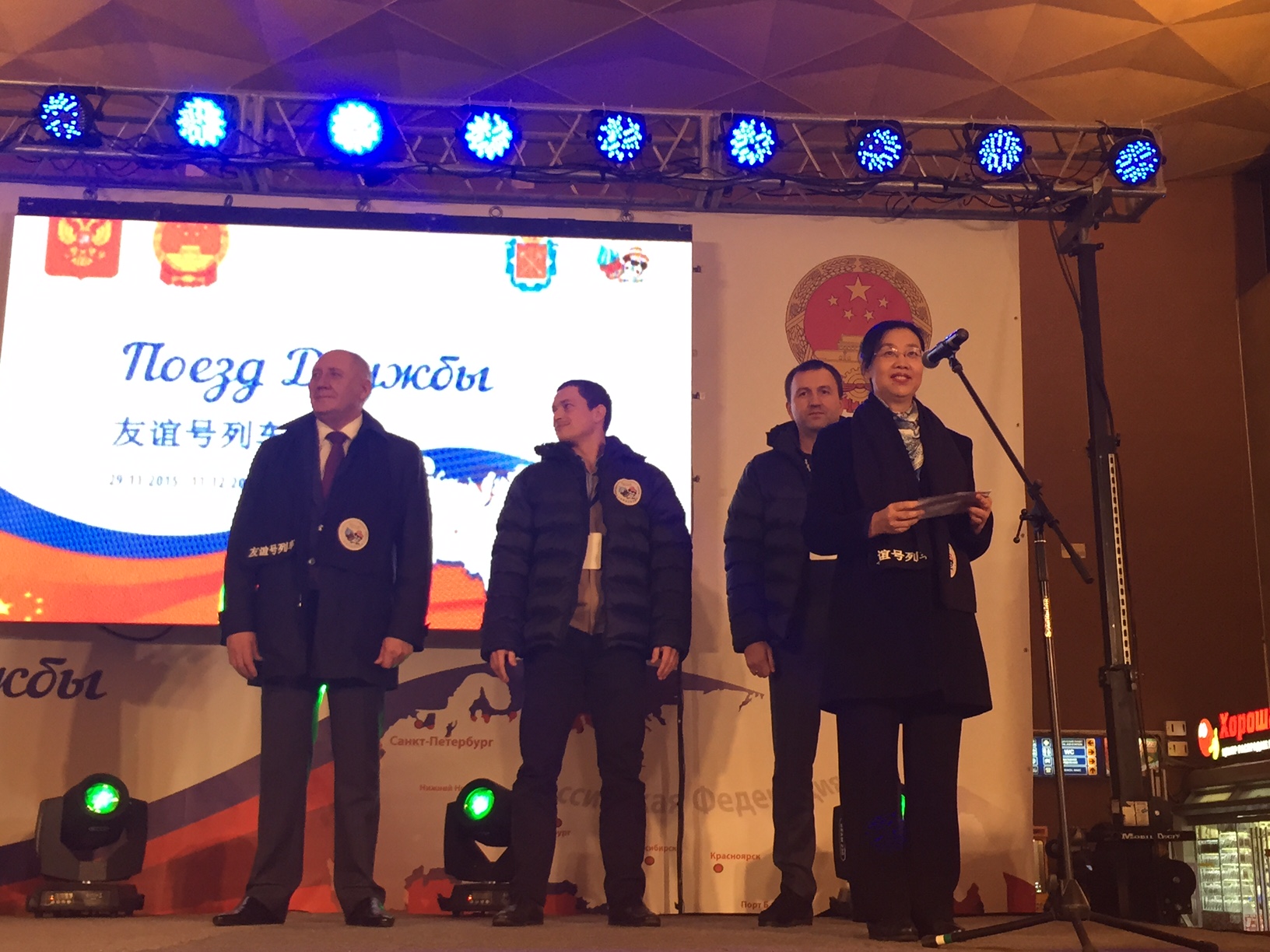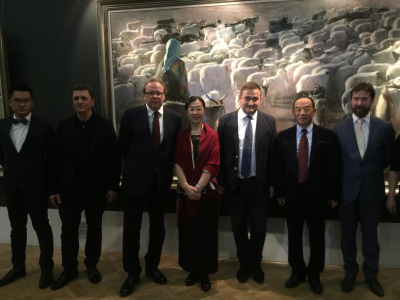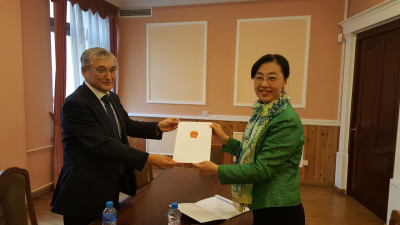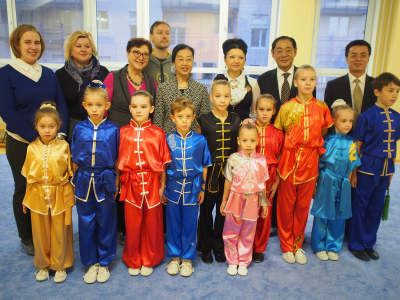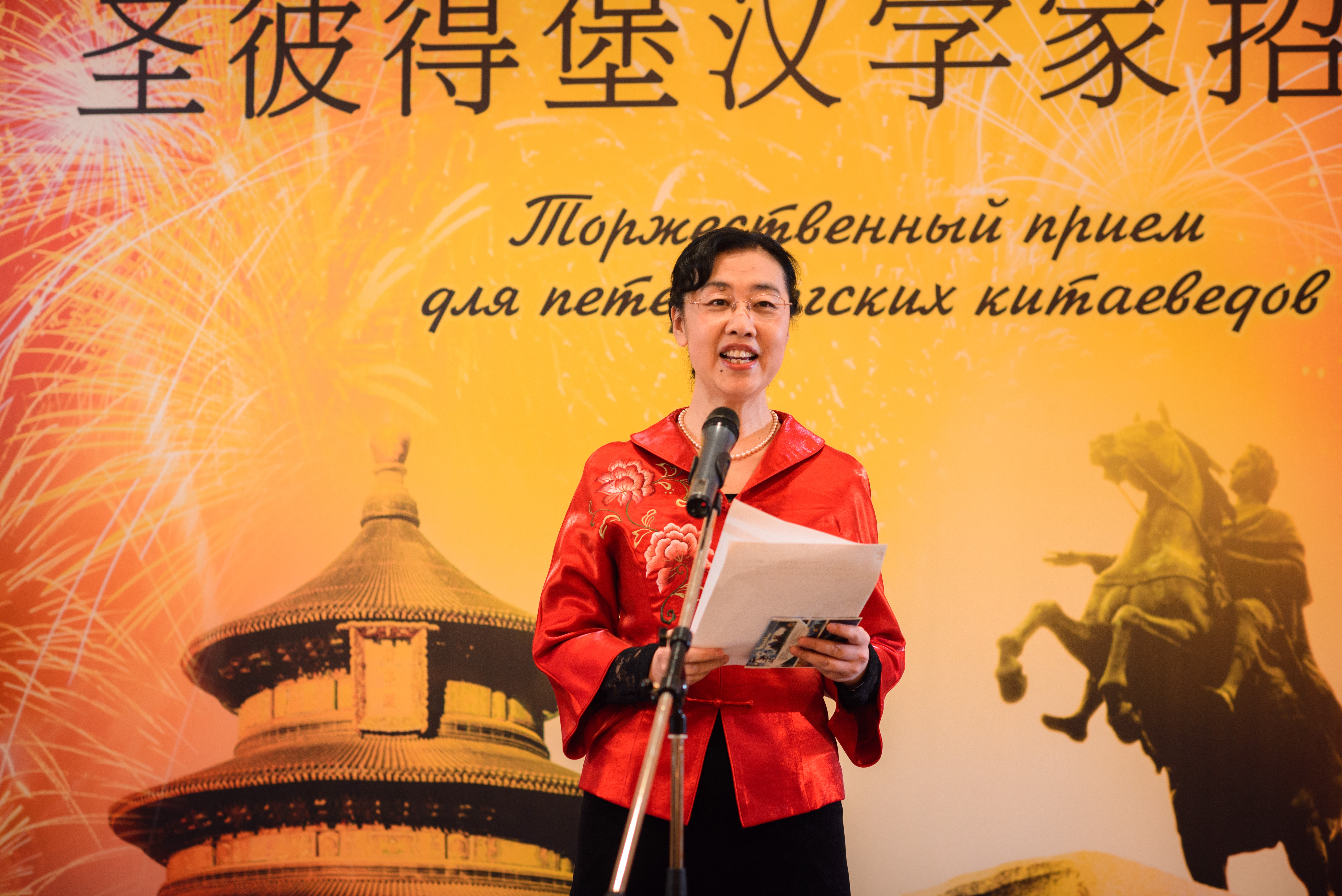CHINA SCIENCE AND TECHNOLOGY
NEWSLETTER
The Ministry of Science and Technology
People's Republic of China
Popular Science Statistics Released
The results of a national survey on popular science activities, conducted by the Chinese Ministry of Science and Technology for the year 2009, were officially released on December 28, 2010. Statistics show that China has put more money in popular science activities, with per capita PS funding reaching RMB 2.10 in 2009, or RMB 0.26 up compared with RMB 1.84 in 2008.
In 2009, China’s funding to popular science activities reached an amount of RMB 8.712 billion, or 34.37% up compared with 2008. Of the government money allocated to popular science activities, some RMB 2.807 billion went to the earmark projects. Government funding, however, has seen a decline from 72.48% in 2008 to 67.65% in 2009 as a proportion of the total funding allocated to popular science activities. Apparently, China welcomes a steadily increased non-government input in popular science endeavors.
Statistics show that in 2009, China had 1.8084 million people who were engaged in popular science activities, with an increase of 2.69% over 2008. Of them, 234,200 were working on a full-time basis, and 1.5742 million part-time. In this context, people working for popular science activities reached 13.55 per 10,000 people in number.
As of the end of 2009, there were 1,404 popular science venues with a scale of 500 square meters in China, or 297 up compared with 2008. Of the venues, 309 are science and technology centers, 505 science and technology museums, and 590 teenage science and technology activity centers, or 24, 125, and 148 respectively up compared with 2008. In the same year, China registered 212,500 popular science galleries, with a growth of 13.65% against 2008. The community rooms dedicated to popular science activities reached 68,000 in number in the urban areas, or 21.38% up compared with 2008. Some 370,000 venues have been assigned to popular science activities in the rural areas, enjoying a growth of 39.61%, compared with 2008. 1,569 vehicles have been employed to work for popular science activities, with an increase of 155 vehicles, or 10.96% up against 2008.
In 2009, China registered a circulation of 69 million popular science books, or 0.98% as a proportion of the 7.04 billion books circulated in the country. In the same year, the circulation of popular science journals hit 146 million in number, or 4.64% as a proportion of the total journal circulation (3.15 billion) in the year. In 2009, public radio stations aired 196,700 hours of popular science programs, and television stations 243,000 hours, or 7.56% and 10.92% respectively up compared with 2008.
In 2009, some 849,400 rounds of popular science lectures were staged, with 169 million audiences, or 6.06% more compared with 2008. Meanwhile, 130,200 popular science shows or exhibitions were sponsored to have attracted the visit of 197 million persons/times, basically flat with 2008. Additionally, some 52,800 rounds of popular science contests were organized in the year, with 5.16391 million participants, or 6.50% up compared with 2008.
In 2009, China made RMB 341 million available for staging the socalled National Science and Technology Week, or 25.07% up compared with 2008. During the Science and Technology Week, 98,400 themed events were organized with 97 million participants, or 8.31% up against 2008.
China Builds Major Land Security Barriers
JIA Zhibang, Chinese Administrator of Forestry, said recently that China will in the next 5 years pick up the speed of building ten major ecological barriers, hitting the targets of a widened forest coverage up to 21.66%, an increased forest stock volume to 14.3 billion cubic meters, 3.09 million hectares of forested areas, and a forest vegetation based carbon storage capacity of 8.4 billion tons in 2015.
The ten major ecological barriers created for the sake of homeland security include northeast forest barriers, northern sand-fixation wind breaks, eastern coastal wind breaks, western plateau ecological barriers, the Yangtze River watershed ecological barriers, Yellow River ecological barriers, Pearl River ecological barriers, small and medium sized river and reservoir barriers, plain ecological barriers, and urban forest barriers. The ten major ecological barriers will cover major ecological areas and eco-fragile areas in the country, including forests, wetlands, deserts, and urban areas.
China-Germany Environment Seminar
An environment technology and ecology seminar, co-sponsored by Chinese Ministry of Science and Technology Department of International Cooperation and German Federal Ministry of Education and Research, was held on December 6, 2010 in Beijing. More than 70 representatives from Chinese and German government agencies, businesses, research institutions, and universities attended the event. The seminar was staged to enhance the communication, exchanges, and collaborations between Chinese and German experts on sustainable development issues, including climate protection, soil and water resources management, and resource efficiency. At the meeting, government representatives from two countries spoke about the policies and practices adopted to keep a sustainable development and associated international cooperation. Representatives from Chinese and German research institutions, universities, and businesses talked about four major issues, including water resources management, land management, climate protection, and resource efficiency, sharing with audiences macro policies and specific cooperation projects, in an attempt to facilitate the sustainable development related cooperation and lay a groundwork for enhanced cooperation and exchanges between China and Germany in the area.
Antarctic Expedition for Iron Hypothesis
During China’s 27th Antarctic Expedition, Chinese and U.S. researchers have for the first time conducted a survey to understand the spatial distribution of iron and associated input flux, in an effort to study the carbon cycle across the Southern Ocean, and the scientific basis of the socalled "iron hypothesis".
According to a briefing, Chinese and US scientists have since 2007 conducted a range of marine carbon cycle studies. During China’s 27th Antarctic Expedition, researchers made field sampling, on-site analysis, and systematic investigation of the spatial distribution of iron across the Southern Ocean, using advanced sampling equipment and analytical instruments aboard the "Snow Dragon" expedition boat, and made a quantitative assessment of their input flux in the Southern Ocean based on the selected key nutrients.
The vast Southern Ocean, running across the Indian Ocean, the Pacific, and the Atlantic, and bordering with the South Pole’s sea ice zone, is accompanied by year-round polar flows and an overlying westerly under an extremely tough climate, which made on-site data collection extremely difficult. Chinese and US scientists’ data collection and investigation effort is extremely important for studying the Southern Ocean carbon cycle, and understanding the scientific basis of "iron hypothesis".
Chinese Made Flexible HVDC
The flexible HVDC unit, developed by China Electric Power Research Institute, was packed up and loaded on January 3, 2011 for shipping to a Nanhui wind farm in Shanghai, after passing a range of compliance tests in line with international and domestic industrial standards. The event makes China the third country in the world able to design, test, commission, and manufacture a flexible HVDC unit, after ABB and Siemens.
China Electric Power Research Institute started to work on flexible HVDC theory and associated equipment since December 2007. Researchers developed the key proprietary technologies to manufacture the flexible HVDC unit based on IGBT turn-off device, along with a mass production capacity. The HVDC unit delivered to the Nanhui Wind Farm makes a major node in the grid. The development marks a cornerstone in building China’s smart grid system. The theoretical study of the system and associated engineering application is also the first instance in Asia.
World's First Solar Power Simulator
Thanks to its 5-year painstaking efforts, Laboratory of Solar Thermal Power Generation, part of Chinese Academy of Sciences Institute of Electrical Engineering, has recently rolled out the world's first solar thermal power plant simulator.
The simulator is made up of a computer and simulation programs. The simulation programs present a STAR-90 simulation platform, an operator’s interface, and modeling components. The modeling components are able to work on sunlight collection, heat absorbing, energy storage, and conventional power generation. A full-fledged power station can be modeled by connecting a range of sub-models for mass, energy and information flows. The simulation system is built on a physical experimental solar thermal power station in Badaling, capable of a range of modeling missions, including heliostat field, thermal heat sink, multi-phased thermal storage, auxiliary boiler, water supply system, and on-site electrical/thermal control, allowing a full multiple-task operation. In addition, the system can be added with parabolic trough solar collector module, air heat sink module, and a variety of heat storage modules, to simulate a trough power plant, or a solar Brayton cycle system.
The development will facilitate the commercial application of solar thermal power generation in China, playing an important role in preparing solar power generation solutions, process optimization, design, and training.
Vehicle Mounted Wind Lidar
Researchers at CAS Space Science and Applied Research Center collected three-dimensional wind field, temperature, and sodium atom density data ranging from 80km to 105km using a vehicle mounted wind/temperature lidar developed by the Center from December 28 to 30, 2010. This is the first sodium layer wind/temperature laser radar in the world.
Researchers have worked out solutions to a range of key technologies, including saturated sodium fluorescence spectroscopy, laser frequency stabilization, laser frequency modulation, pulse laser amplification, and vehicle mounting platform. They received in the mid-October 2009 fluorescent signals from the top layer of middle sodium layer in the laboratory. Researchers completed the installation and commissioning of the vehicle mounted system at a space environment field observation station under the Chinese Academy of Space Environment Space Center in Langfang in December 2010. On December 28, 2010, the vehicle mounted lidar system emitted laser in three directions, and received fluorescent signals from three 1-m telescopes, which produced three-dimensional wind fields and temperatures.
Enhanced Nuclear Energy Technology
Chinese scientists have recently landed a major breakthrough in mastering the technology to build the fourth generation nuclear energy system, which makes China's experimental fast reactor becoming critical possible. The development makes China the eighth country in the world that has mastered the fast reactor technology.
Fast neutron reactor is an application of fourth generation nuclear power technology. The closed nuclear fuel cycle it is designed with enjoys a raised uranium utilization efficiency by 60% or more, compared with the second and third generation nuclear power plants (the existing nuclear power plants registered a uranium efficiency only at 1%, implying that the advancement applauds for a 60-time enhancement.)
China Builds Deep Space Network
QIAN Wei-Ping, chief designer of Chang'e-II lunar satellite control system, said on January 6, 2010 that China is gearing up to build a deep space measuring and control network, thanks to the full-fledged operation of the lunar probe project. China plans to establish a deep space measuring and control network consisting of 3 sub-stations in 2016.
China has already embarked on the full-fledged construction of a deep space measuring and control network, including upgrading and expanding the existing ground controls, enabling the ground controls in Kashi and Qingdao to track down lunar probes. Meanwhile, researchers added a 35-meter antenna at the Kashi Station, and established a large deep-space ground control station with a 64-meter antenna in Jiamusi, in an effort to meet the needs of future space probe missions. Additionally, China will erect three ground control stations with large caliber antenna in South America, with S, X and Ka-band capabilities, for an enhanced deep-space probe support.
According to a briefing, the Deep Space Measuring and Control Network made up of 3 sub-stations will be employed to support China's manned missions to the Moon/Mars and other deep space probe missions in the future. The upgrading and expansion of the ground controls in Kashi and Jiamusi will be completed in 2012, providing measuring and control support for Chang'e III and IV missions. The construction of the ground controls in South America will be completed in 2016, providing control support for the return of the lunar probe satellite to the Earth.
China’s Astronomical Platform in South Pole
China's first smart astronomical platform, jointly developed and manufactured by Southeast University and China Antarctic Astronomy Center, heralded a successful run on January 8, 2011 at the Kunlun Station in the South Pole. The platform is designed to accommodate the tough environment of Dome A area where the Kunlun Station sits, featured with extreme coldness, low pressure, and oxygen deficiency. The platform will make power supply and technical support available for the operation of astronomical instruments, space watch, and data collection/storage/transmission.
The platform is equipped with the power generators able to produce 1.8 kilowatts of electricity per unit, scalable up to 6 units for grid operation. The generation units can be operated in an unmanned manner, with its output and automation performance exceeding the peers. The platform is operated remotely by a homeland based ground control, and the data collected will be received by a domestic receiving center in the same manner. The platform’s successful operation owes the credit to the strong support of State Oceanography Bureau Polar Expedition Office and China Polar Research Center.
